order
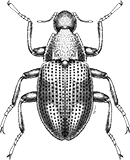
Coleoptera
“Adult Beetles”

Coleoptera
“Larval Beetles”

Diptera
“True Flies”

Ephemeroptera
“Mayflies”
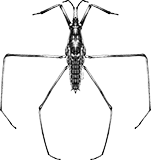
Hemiptera
“True Bugs”

Lepidoptera
“Aquatic Caterpillars, Snout Moths”

Megaloptera
“Alderflies, Dobsonflies, and Fishflies”
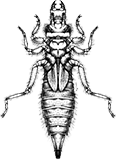
Odonata
“Dragonflies and Damselflies”
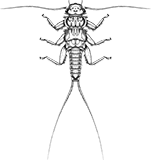
Plecoptera
“Stoneflies”
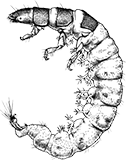
Trichoptera
“Caddisflies”
family
Simuliidae
genus
Simulium
“Black Flies”
Genus Overview
This widespread genus includes at least 154 North American species. Larvae need moving water to feed with the filtering fans on their heads, either in streams or in wave-washed shores of lakes.
Characteristics
POLLUTION TOLERANCE
Southeast: 4.4 - 8.7
Upper Midwest: 6 and higher
Midwest: 4.8 and higher
Mid-Atlantic: 6 and higher
0 = least tolerant, 10 = most tolerant
FEEDING HABITS
Collector / Filterer
MOVEMENT
Clinger
DISTRIBUTION
Widespread (east of the Rocky Mtns.)
HABITAT
Lotic-erosional
Diagnostic Characters
order
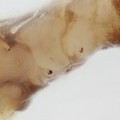
Legs Absent
family
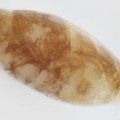
Abdomen Swollen Posteriorly
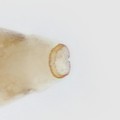
Crochets
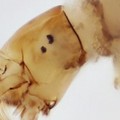
Head Complete and Exposed
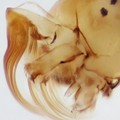
Labral Fans
genus
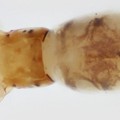
Postocciput Open
+ Expanded Character List
Order:
Wings and wing pads absent. Eye spots sometimes visible, but compound eyes absent. Segmented legs absent, but sometimes fleshy prolegs present. Sometimes with distinct head, often without head or with head drawn deeply into thorax. Body flattened, cylindrical, or maggot-like.
Family:
Mandibles move against each other along a horizontal or oblique plane. Head complete, fully exposed, distinct from thorax, and usually without lengthwise incisions. Head capsule usually with pair of conspicuous fans. Prothorax with single proleg ventrally. Thoracic segments usually individually distinguishable. Posterior abdominal segments 5–8 swollen, with ballooned or bowling-pin appearance. Last abdominal segment ringed with several radiating rows of small hooks. Mature larvae usually 3–8 mm long, or greater.
Genus:
Fans of setae present on labrum, if closed, stalks still conspicuous. Head nearly parallel-sided. Antenna with proximal and/or medial segments lightly to darkly pigmented or, if colorless, then postgenal cleft (median notch in posteroventral margin of head) extended anteriorly to, or beyond, hypstomal groove (transverse line in exoskeleton between ventral bases of mandibles). Remaining characters needing study of slide-mounted hypostoma (jagged projection below mandibles): Hypostoma without intermediate teeth; paralateral teeth present. Hypostoma with lateral and sublateral teeth not clustered on prominent, common lobes (median and lateral teeth can be extended beyond sublateral teeth, but not prominent lobes). Hypostoma with apex of median tooth extended anteriorly to, or beyond apices of lateral teeth; sublateral teeth variously but distinctly posterior to median and lateral teeth.

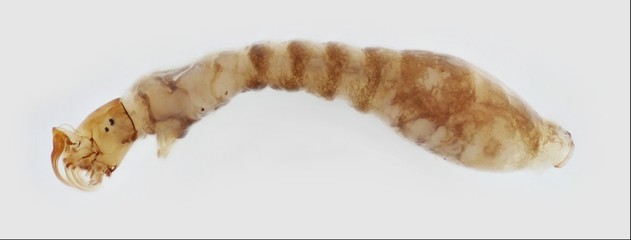
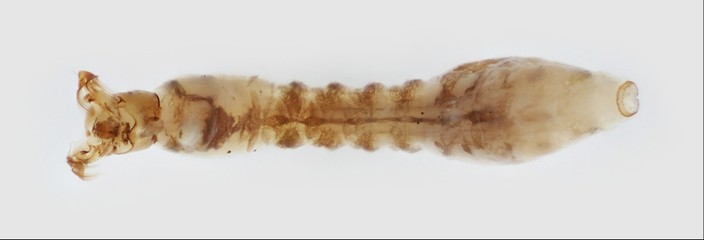
Dorsal
Lateral
Ventral



